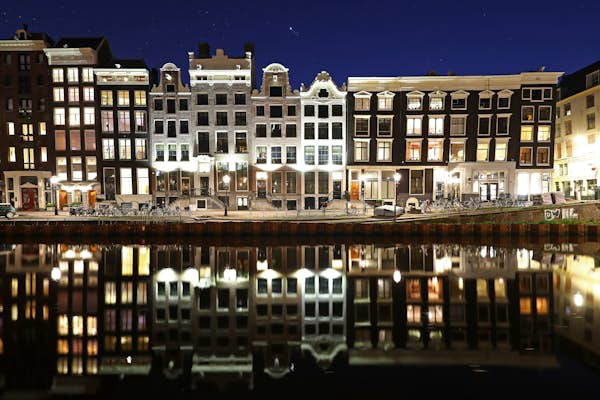The perfect 1-week Poland itinerary
Poland was on my bucket list for a while after seeing photos of the Tatra National Park on a friend’s profile. I was pleasantly surprised at how much I loved the country overall. While Zakopane (the gateway to the Tatras) […] The post The perfect 1-week Poland itinerary appeared first on Hopping Feet.
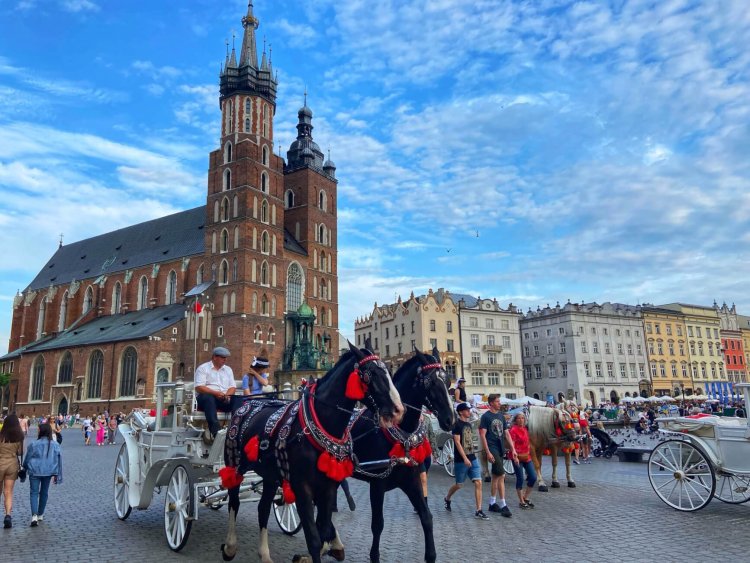
Poland was on my bucket list for a while after seeing photos of the Tatra National Park on a friend’s profile. I was pleasantly surprised at how much I loved the country overall. While Zakopane (the gateway to the Tatras) turned out to be my favourite part of the entire 1-week itinerary in Poland, I found that the whole country is really underrated and there’s so much more to explore even for those who aren’t necessarily fond of hiking. We combined our visit to Poland with a week in the Baltic States and it turnout out to be my favourite country of all the 4 we visited in those 2 weeks!
For those of you who may not have considered visiting Poland, it’s a country that will give you a bit of everything – from a rich and complex history that dates to the early Middle Ages when it was one of the largest and most powerful countries in Europe, before being destroyed by conflict and partition in the second world war, to a vibrant cultural heritage, charming old towns with cobbled stone pedestrian streets that offer an amazing vibe & great nightlife, Poland literally has something for everyone! Most people speak English, so it’s easy to find your way around; the public transportation system is well-developed, the roads and highways are pretty good to rent a car and drive, and the people are nice and helpful. The food is great, the cities are safer than most other European cities, the Polish vodka is not overrated, and many towns still maintain an old-world charm that’ll make your visit magical, like in a fairytale! Need I say more or are you convinced?
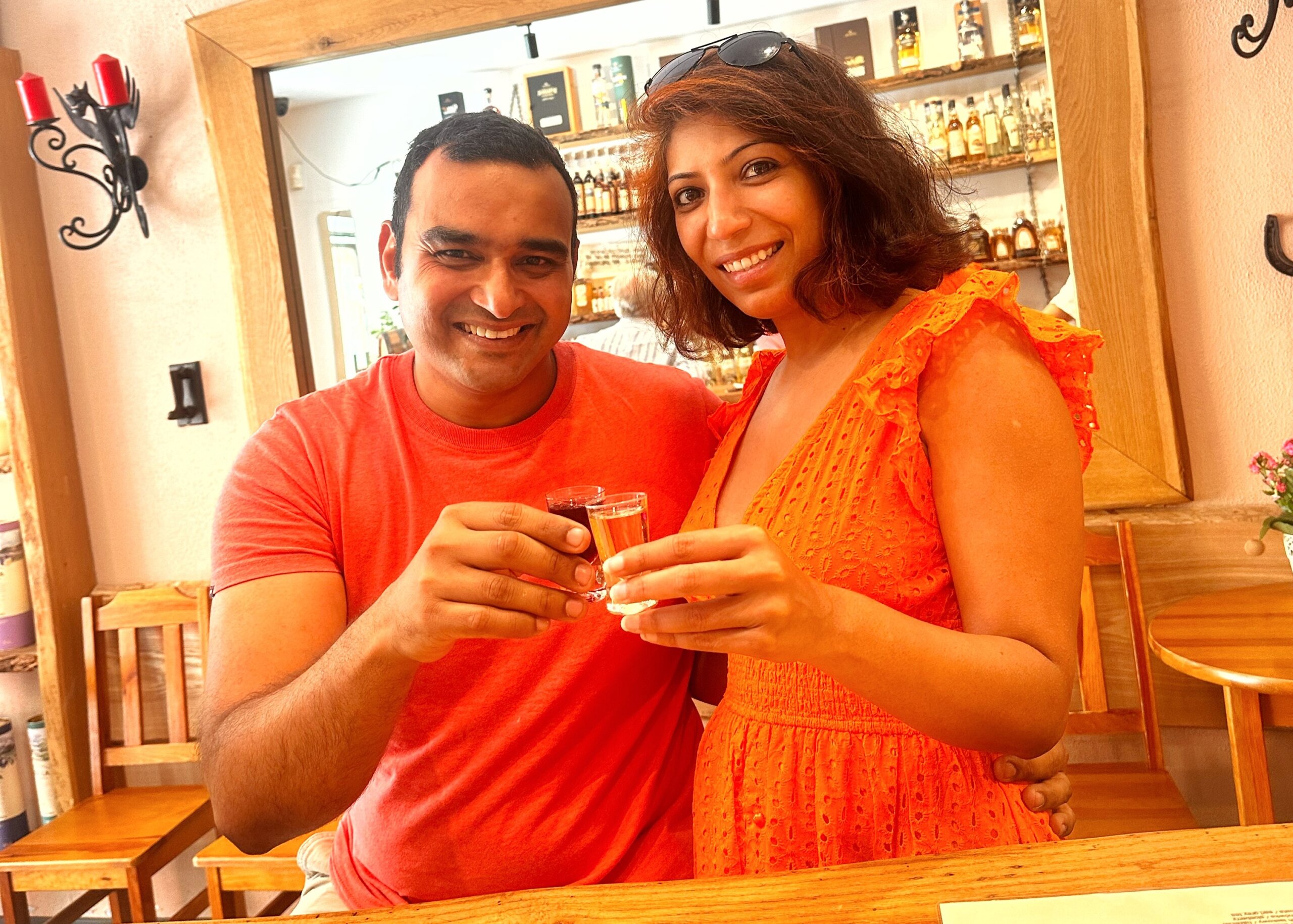

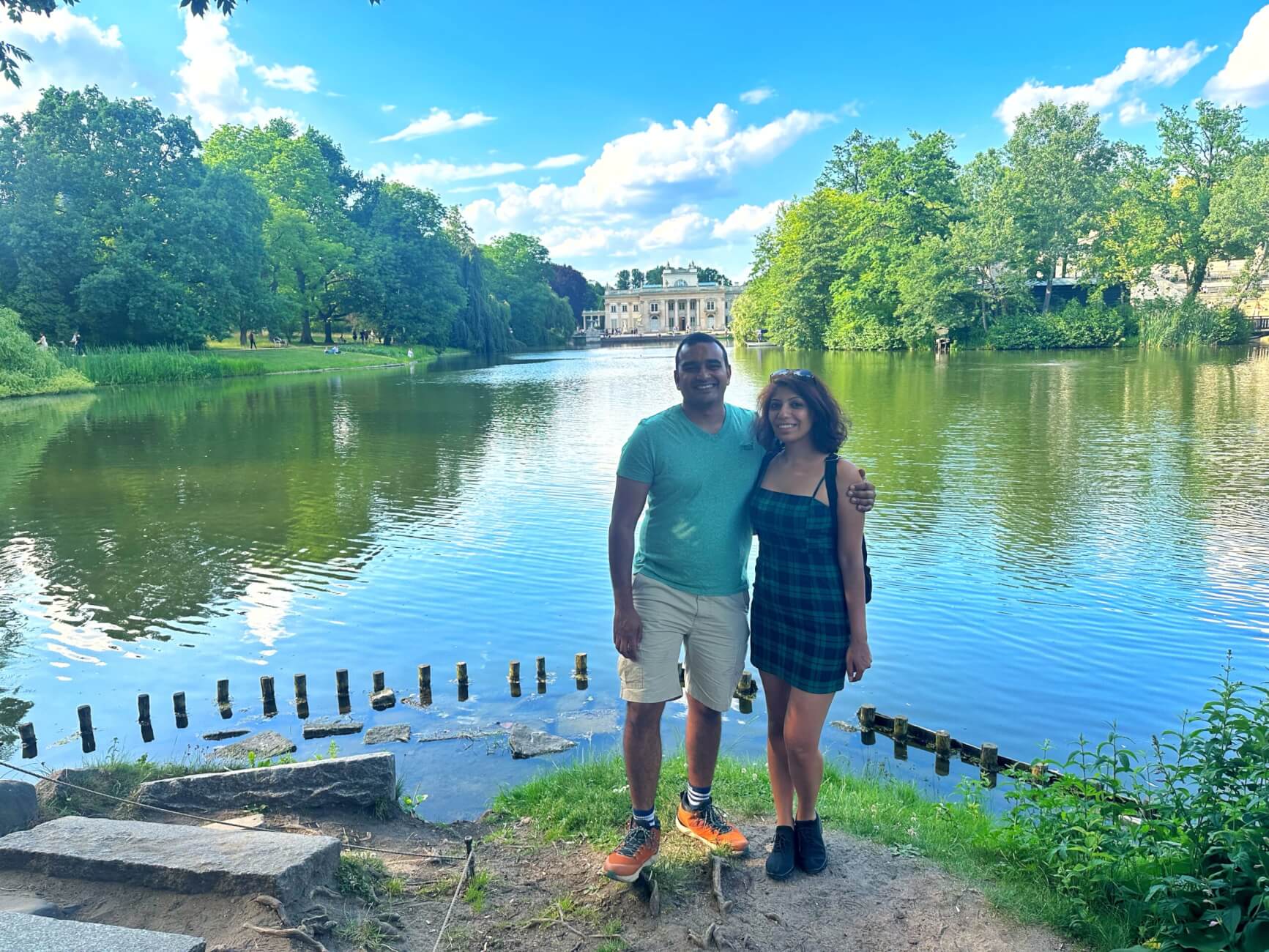
As usual, 1 week in Poland is less than what I would’ve liked to have because there were cities that we had to skip / exclude from our itinerary to make the most of our visit. However, I’ve compiled my recommendations for the ideal itinerary if you have only a week to spare on your holiday in Poland.
1 week itinerary for Poland - 2 days in Warsaw
2 days is the right amount of time to spend in Warsaw if you wish to take things easy and maintain a leisurely pace rather than rush through. In Warsaw, I recommend exploring the city either on foot or the buses & trams, or Uber, or even e-scooters! Unfortunately, I am not a confident e-scooter rider, so I preferred Uber as it was cheap, convenient, and easy to use. You can also use Bolt (another taxi hailing app). Bolt is also useful for finding e-scooters, should you wish to proceed that way. We saw many people using them, and they made it look so smooth, simple & seamless. For sure it’s a cheap way to cover long distances in short times, thanks to the bicycle lanes which can be used by e-scooters too. Day 1: Warsaw
Start your day by exploring the most popular and happening place in Warsaw: The Royal Way, which passes through several iconic landmarks & significant sites of the city, and eventually ends in the Old Town. You could start your walk either way, depending on where you’re staying in Warsaw.
The Royal Way begins at the Wilanów Palace, a magnificent baroque residence. The palace has a stunning architecture, impressive interiors, and well-manicured gardens. While on a normal day, you can enter the palace for a ticket with an audio guide tour, we went on a day when it was booked for a wedding party so we couldn’t make it inside. Nevertheless, a walk in its beautiful, landscaped gardens sufficed for us.
As you walk along the Royal Way, you’ll come across other landmarks such as Belweder Palace, Nicolas Copernicus statue, A Blikle (a famous Viennese style café), Chopin bench, Church of the Holy Cross, St Anne’s Church, Presidential Palace (an elegant neoclassical building that has been the official residence of the Polish president), and finally culminates at the Castle Square (Plac Zamkowy) in the heart of the Old Town. Here, you'll find the iconic Sigismund's Column and the Royal Castle, which was meticulously reconstructed after being destroyed during World War II. You’ll also find here the Old Town Observation Tower located on the belfry standing by the church of St Anne’s, offering excellent views of the city from a vantage point. The Castle Square is very lively, with lots of entertainment and performers in this area. This place is also great for photos because of the colorful backdrop of the buildings of Old Town.
You’re also very close to the Warsaw Fountain Park now. In the evenings, the fountains light up with LED displays, music, and a magnificent fountain show. During the afternoons, the several cafes and restaurants here are buzzing with people who’re simply here to enjoy a leisurely stroll along the fountains on a warm day. You can also head for a stroll along the Vistula River from here. There are several green embankments as well as restaurants on docked ships here where you can enjoy a beautiful sunset with a cocktail.
Travel tip: There are two amazing restaurants along the Royal Way which offer excellent authentic Polish cuisine and homemade Polish fruit wine if you wish to try. While Specjały Regionalne is a more popular one, we discovered another one right across while waiting in the queue to be seated at Specjlaty Regionale. Which turned out to be equally good, if not better, called Gosciniec Polskie Pierogi. This is the place to try the popular Polish dishes, pierogi (dumplings) and bigos (hunter's stew).


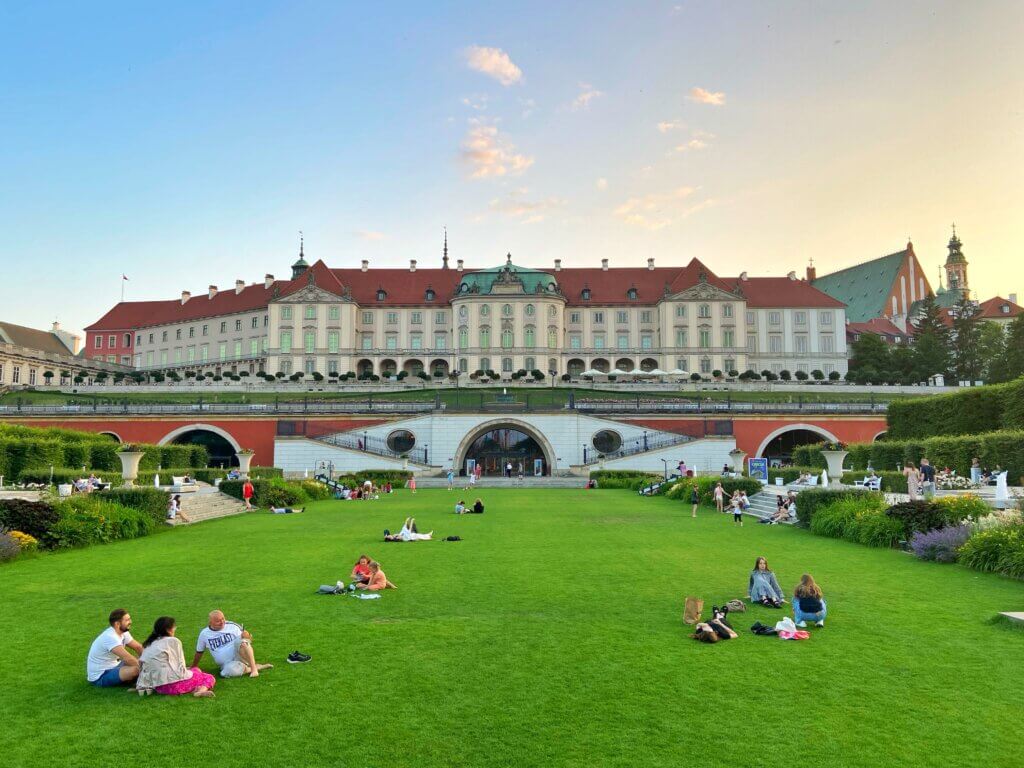

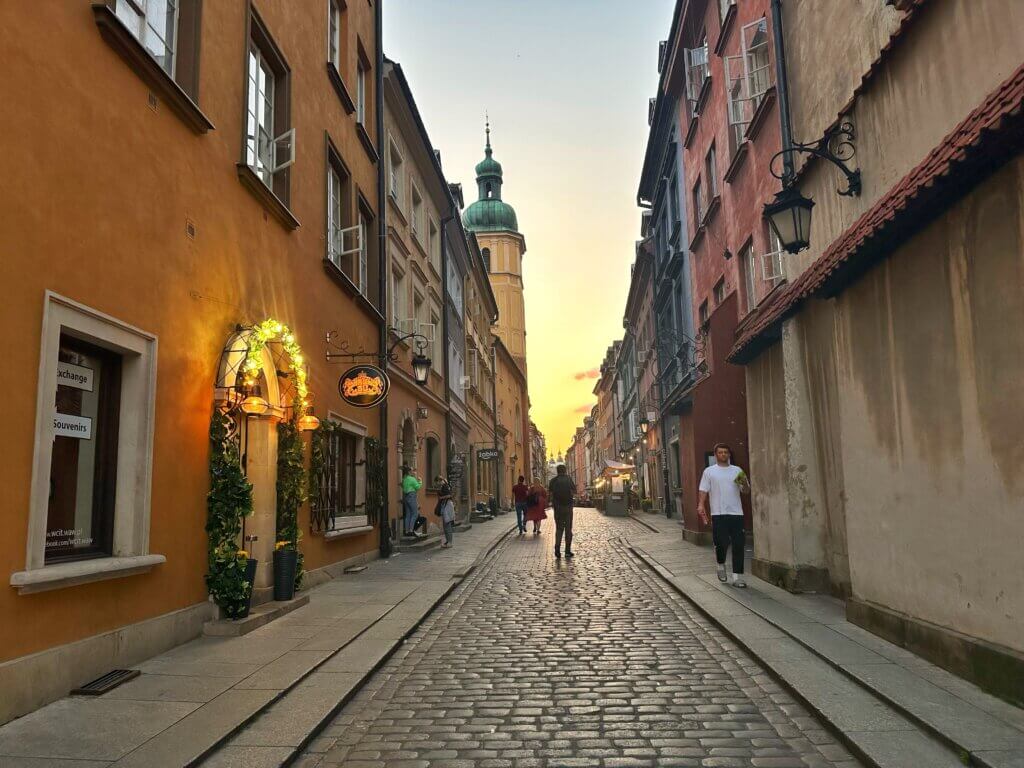
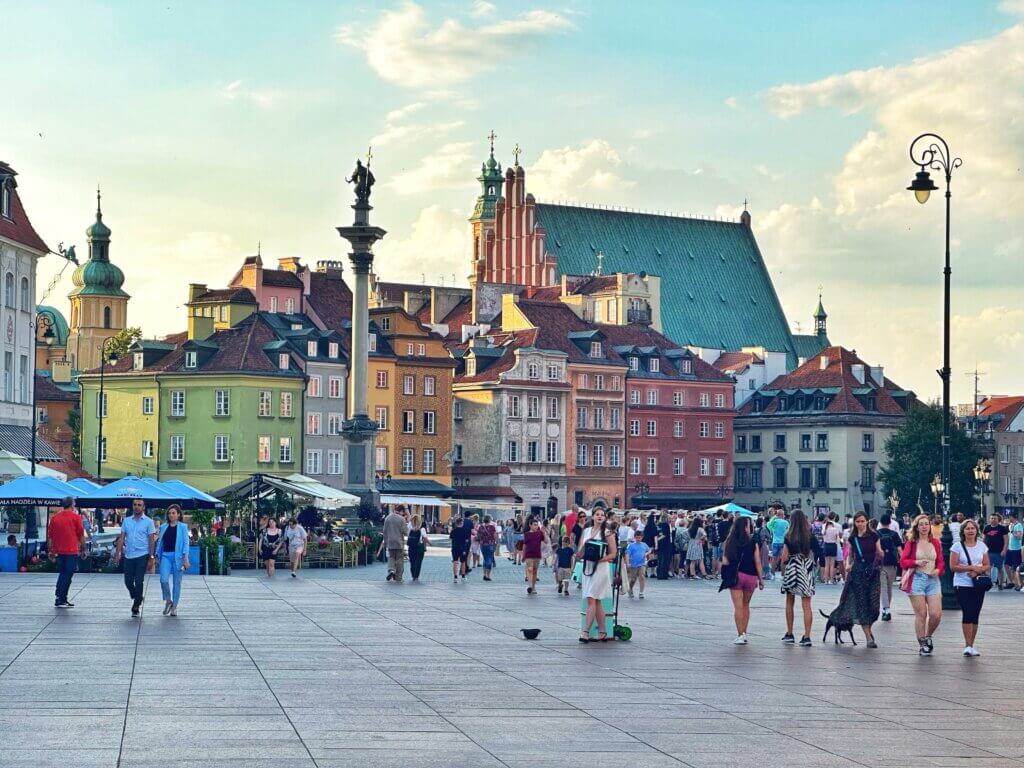 Day 2: Warsaw
Day 2: Warsaw
On day 2, you can start by visiting the Lazienki Park, also known as the Royal Baths Park, a stunning and historic park located in the heart of Warsaw, on The Royal Way. It is one of the most beautiful and popular parks in the city, known for its lush greenery, majestic architecture, and cultural significance. One of the most iconic structures within Łazienki Park is the Palace on the Water (Pałac na Wodzie). This neoclassical palace is situated on an artificial island in the middle of a lake. It serves as a focal point of the park and showcases the elegance and architectural grandeur of the era. The park is adorned with numerous sculptures, monuments, and statues that pay homage to Polish historical figures, cultural icons, and mythological characters. The most famous sculpture is the Chopin Monument, dedicated to the renowned Polish composer Frédéric Chopin.
From here, take an e-scooter or Uber to The Jewish Cemetery, a significant historical site that reflects the rich cultural and religious heritage of the Jewish community in Warsaw. The cemetery is a solemn and poignant reminder of the vibrant Jewish presence in Warsaw before and during World War II. The cemetery features a diverse array of gravestones, mausoleums, and monuments that showcase different architectural styles, including Baroque, Neoclassical, and Art Nouveau. These structures offer insight into the cultural and artistic contributions of Warsaw's Jewish community over the years. The cemetery is the final resting place of many notable Jewish figures, including rabbis, scholars, artists, writers, and political activists. During the Holocaust and World War II, the cemetery was significantly affected. The Nazi occupation of Warsaw led to widespread destruction and desecration of the cemetery, as well as the deportation and murder of countless Jews. While many gravestones and monuments were damaged or lost, the cemetery remains an important memorial to the victims of these tragic events.
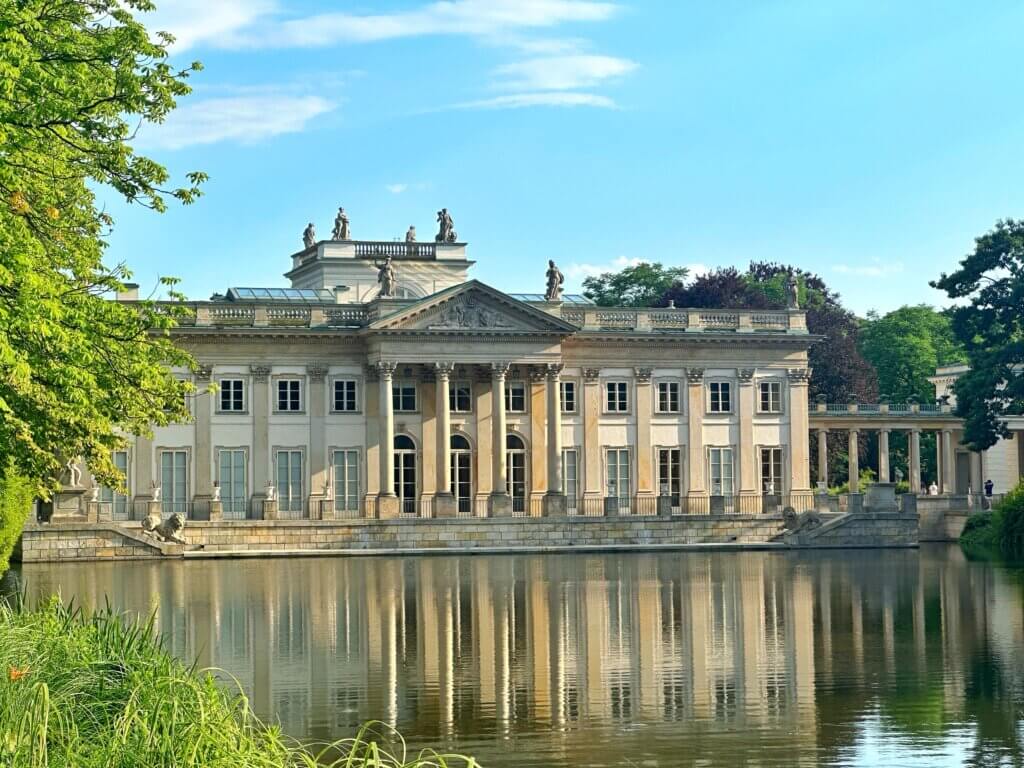

Finally, head to Praga, a district located on the east bank of the Vistula River, opposite to The Royal Way & Old Town. While historically, it was known to be one of the most dangerous areas in Warsaw, over the years, Praga has transformed from a once neglected industrial area into a hub of artistic expression, creativity, and community. One of the defining features of Praga is its stark contrast to the more polished and reconstructed areas of central Warsaw. Many of the buildings in Praga bear the scars of time, and the district maintains a certain authenticity that is distinct from the modernized parts of the city. Ząbkowska Street is one of Praga's main neighbourhoods and a cultural artery of the district. It is lined with historic buildings, cafes, restaurants, and shops. This street captures the spirit of Praga. Here, you will also find the Koneser Square, where the historic “Koneser” Vodka Factory is also located. Unfortunately, it was closed when we visited but it would make for a great place to taste authentic Polish vodka while you’re in Warsaw.
Praga’s vibe is very distinct from that of central Warsaw. You can immerse yourself in this quiet laidback part of the town before you head back to Old Town/ your hotel for the night.
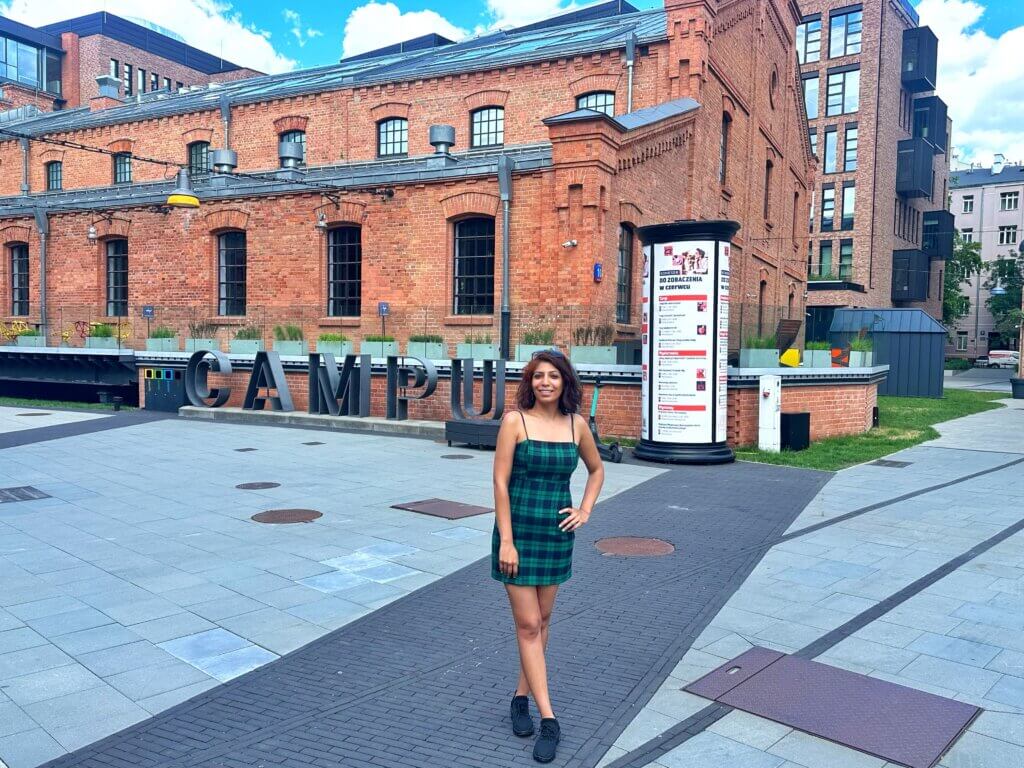
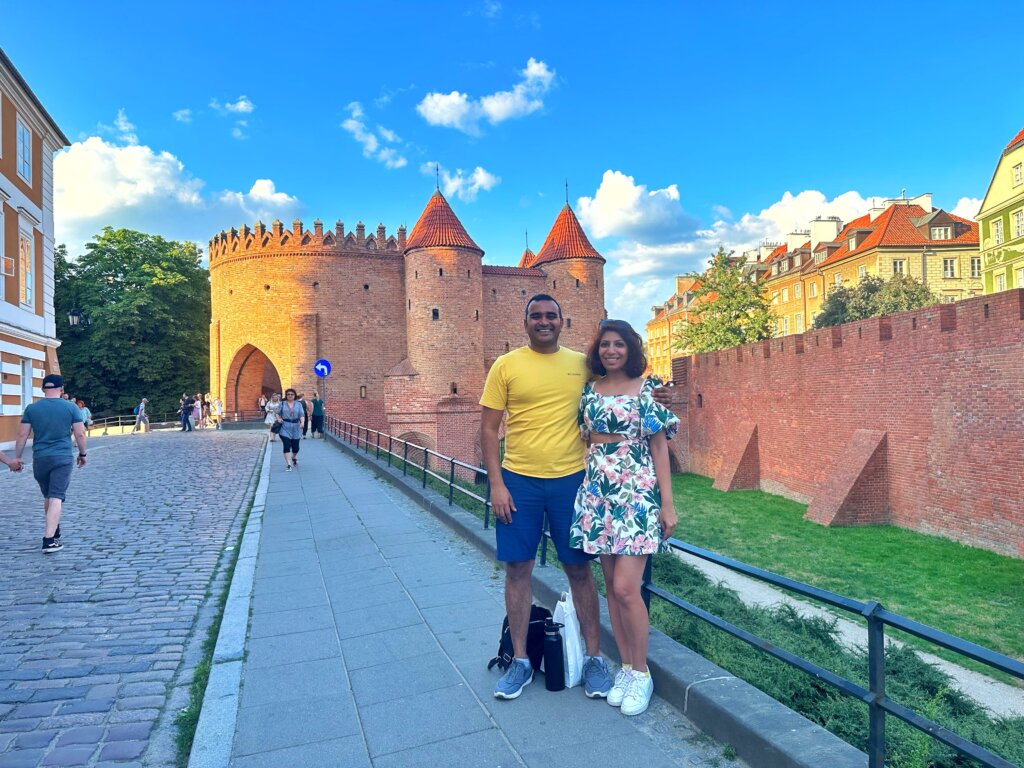
Recommended hotel for overnight stay in Warsaw: Hotel Gromada Warsaw Centrum
1 week itinerary for Poland - 2 days in Krakow
Day 3: KrakowYou will find several buses from Warsaw to Krakow. Alternatively, you may also rent a car to drive to Krakow and then keep that car for the next few days as it’ll be extremely helpful. FlixBus will cover the journey in about 4 hours by road from Warsaw to Krakow.
I personally found Krakow even more charming and fairy-tale like than Warsaw. The attraction you will visit on day 1 are walkable on foot so if you rented a car in Warsaw, then park it aside for the day to explore Warsaw Old Town. Start your day by visiting Wawel Hill, where you'll find the magnificent Wawel Castle and Wawel Cathedral. Explore the castle grounds, admire the stunning architecture, and consider taking a guided tour to learn about the history of this royal residence. After visiting the castle, take a stroll to the nearby Dragon's Den, a limestone cave associated with the legendary Wawel Dragon. Don't forget to stop by the Wawel Dragon Statue, which breathes fire every few minutes! You can buy the tickets to all attractions separately at the entrance, some of which are seasonal, so you can choose how much time you’d like to spend in this area. There are several restaurants and cafes here too, where you can get traditional Polish cuisine.
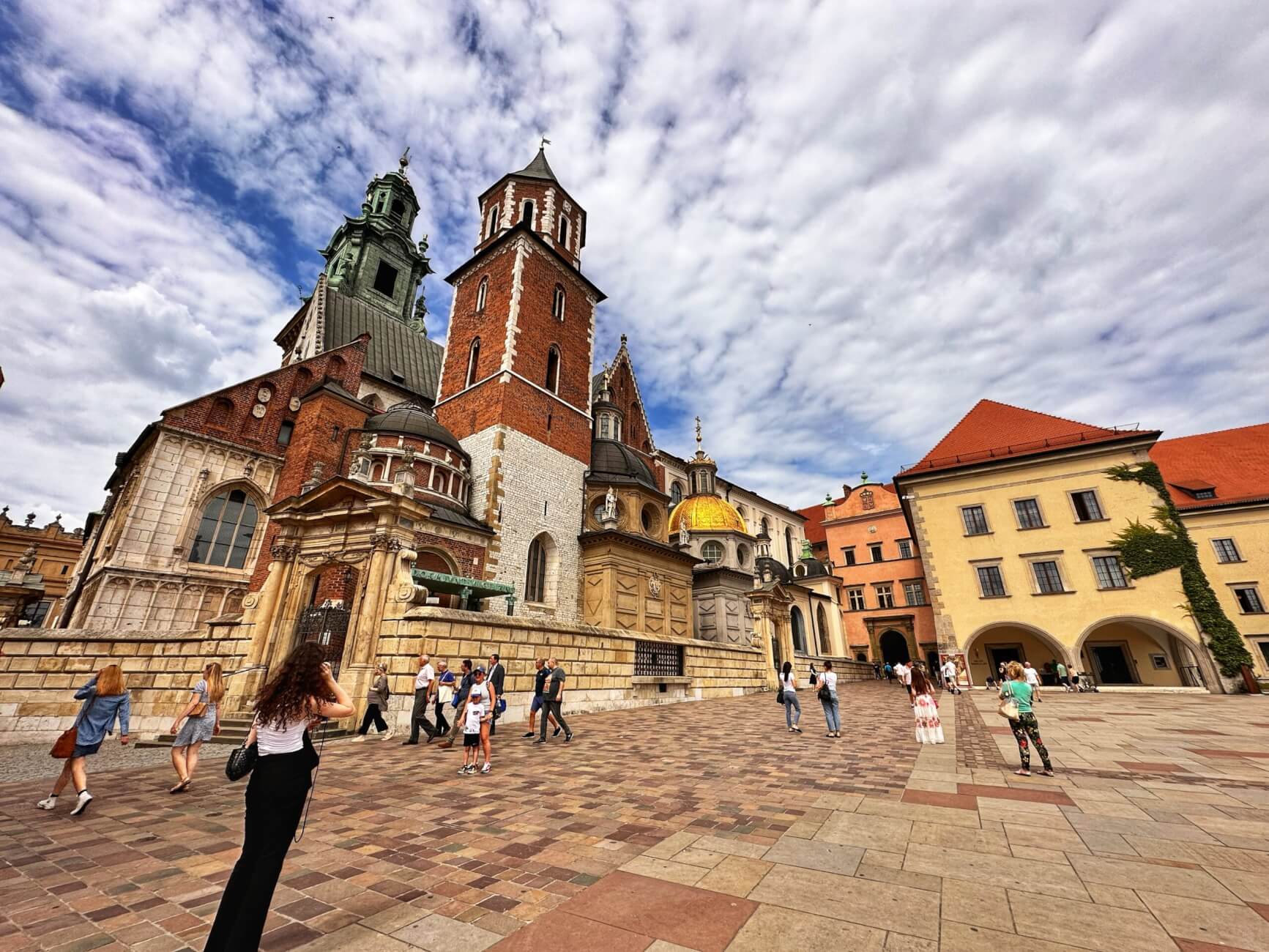

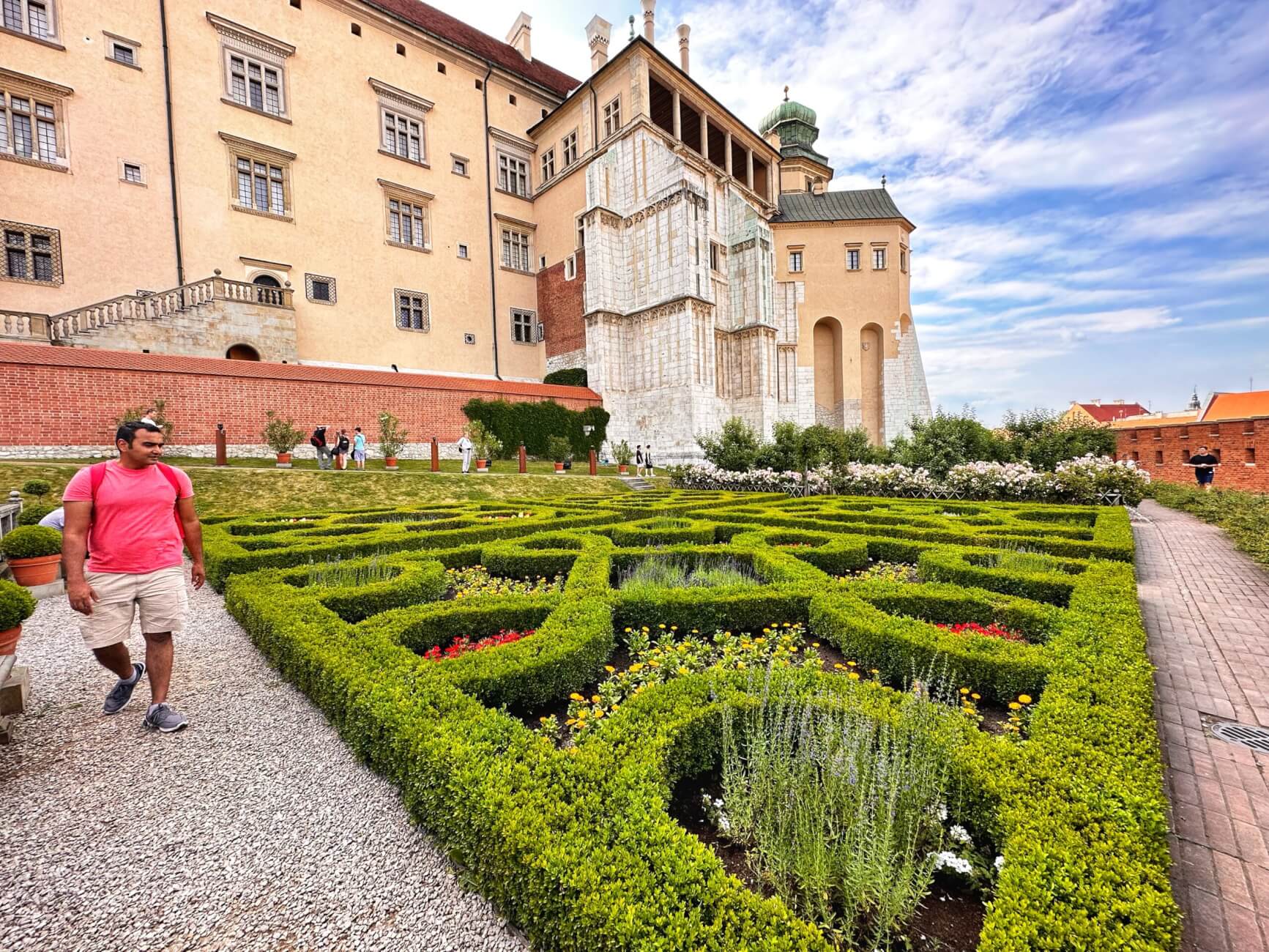
From here, you can walk to the heart of Krakow, the Main Market Square. There are numerous restaurants and cafes here as well, where you can enjoy traditional Polish cuisine or international dishes. Some may even choose to take a horse carriage ride, of which you will find several in the Market Square. You can then walk around the Old Town and visit several other monuments of historical and cultural significance such as St Florian’s Gate, the Barbican and St Mary’s Basilica. St. Mary's Basilica is an iconic Gothic church located on the Main Market Square. The interior is adorned with stunning stained-glass windows and intricate altarpieces. While I have been to many cathedrals and churches, I was absolutely in awe of its spectacular interiors!



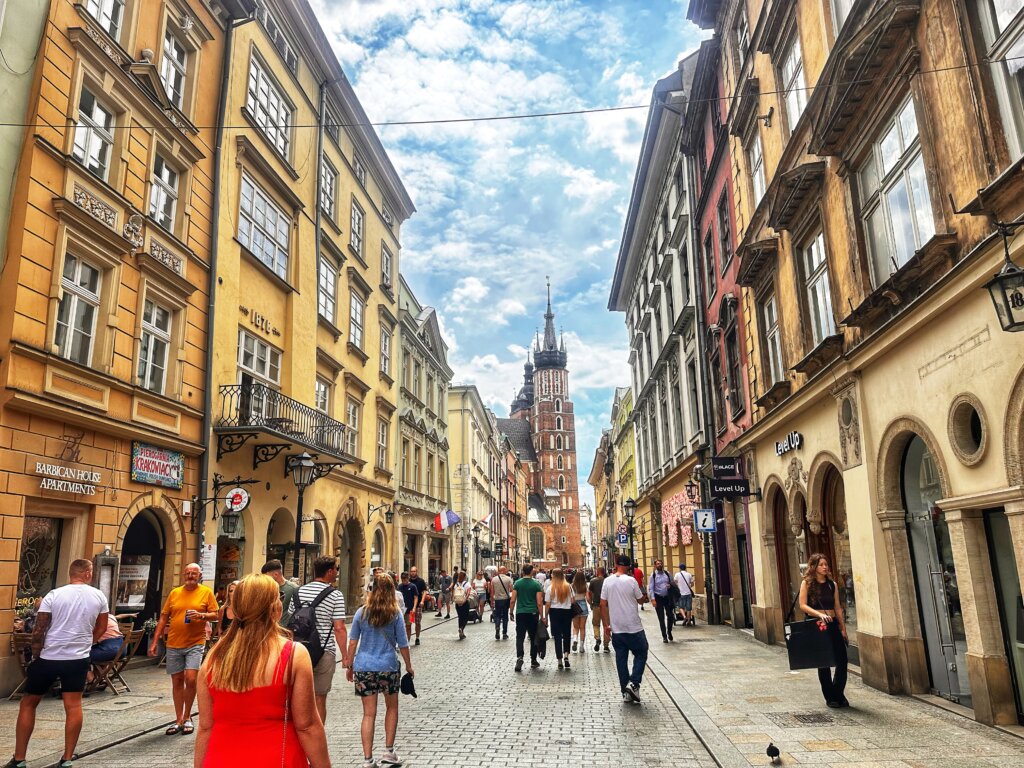
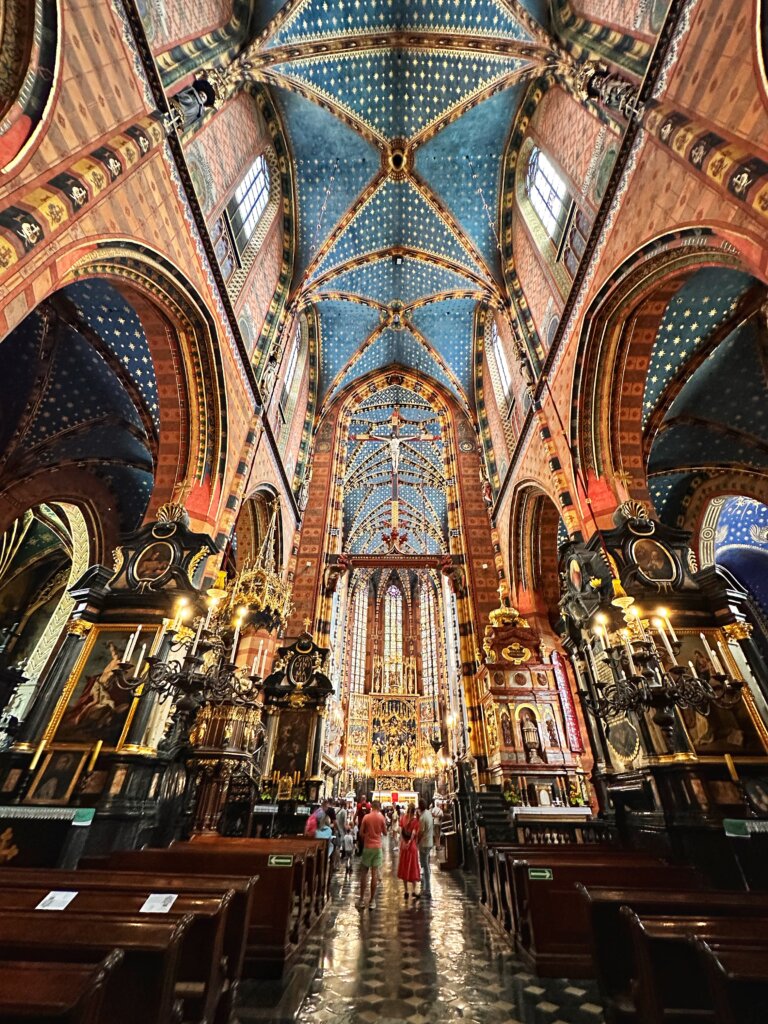
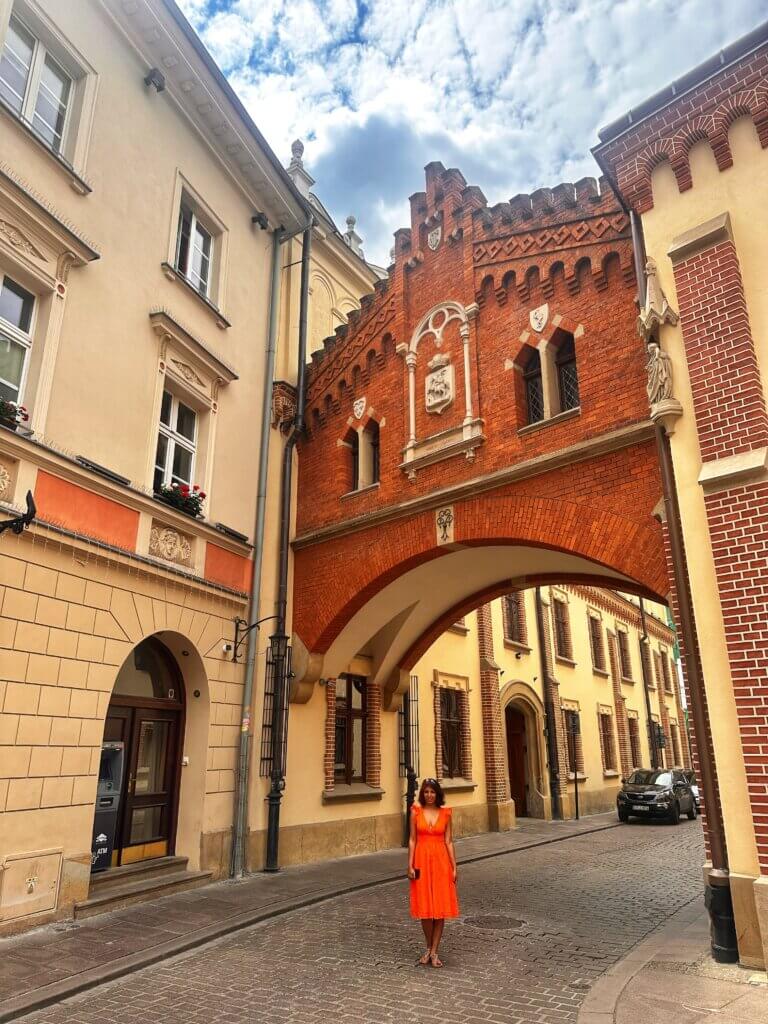
In the evening, you can head to Kazimierz District, known for its rich Jewish heritage and vibrant atmosphere. Explore the charming streets, visit historic synagogues like the Old Synagogue or the Remuh Synagogue. You can have your dinner here in any one of the traditional Polish restaurants.
Travel tip: While there are several souvenir shops in Krakow Old Town, where you will find Polish vodka, one specific shop called the Staropolskie Trunki where you can do vodka tasting (4 shots for 30 zl). Their selection of flavours is amazing! I’ve never seen such a wide variety of vodka flavours before and even though I am not a vodka enthusiast, I loved them so much that I ended up buying a few bottles for myself. Day 4: Day trip to Auschwitz & Wieliczka Salt Mine
This is a full-day trip from Krakow, and you can either drive to these destinations yourself (if you have a car) or take a fully organized tour that includes a pick and drop to your Krakow hotel. Even if you plan to drive to these locations, you will need to take a guided tour when you’re there, especially in Auschwitz, because you cannot enter by yourself. I recommend buying this online beforehand to save sometime when you get there. We didn’t have a car so we booked this tour through Headout for about $80 per person including pick and drop, guided tour of Auschwitz-Birkenau, Nazi Holocaust's largest concentration camp, and the Wieliczka Salt Mine.
Prepare for a heavy day (not only because it will be long and full of a lot of knowledge and facts about the tumultuous history of Poland) but also emotionally. You will first visit Auschwitz I camp, established by Nazi Germany in 1940 on the outskirts of the town of Oświęcim (Auschwitz in German), about an hour’s drive from Krakow. Initially intended as a labor camp, it later evolved into a complex of camps where mass murder was systematically carried out as part of the "Final Solution" to exterminate European Jews and other targeted groups. Auschwitz I was the administrative center, containing barracks, a prison block, and the commandant's headquarters. Auschwitz II-Birkenau, located a few kilometers away, was the main extermination camp with gas chambers and crematoria. You will learn about all the atrocities committed on the Jews that were unknowingly transported into these camps from all over Europe and were made to endure starvation, disease, medical experiments, and brutal treatment by the guards. The camp's gas chambers and crematoria were used to efficiently murder thousands of people every day. The human toll and scale of the Holocaust are difficult to comprehend. You will tour the preserved barracks, gas chambers, and crematoria, as well as view exhibits that provide historical context and personal stories of the victims.
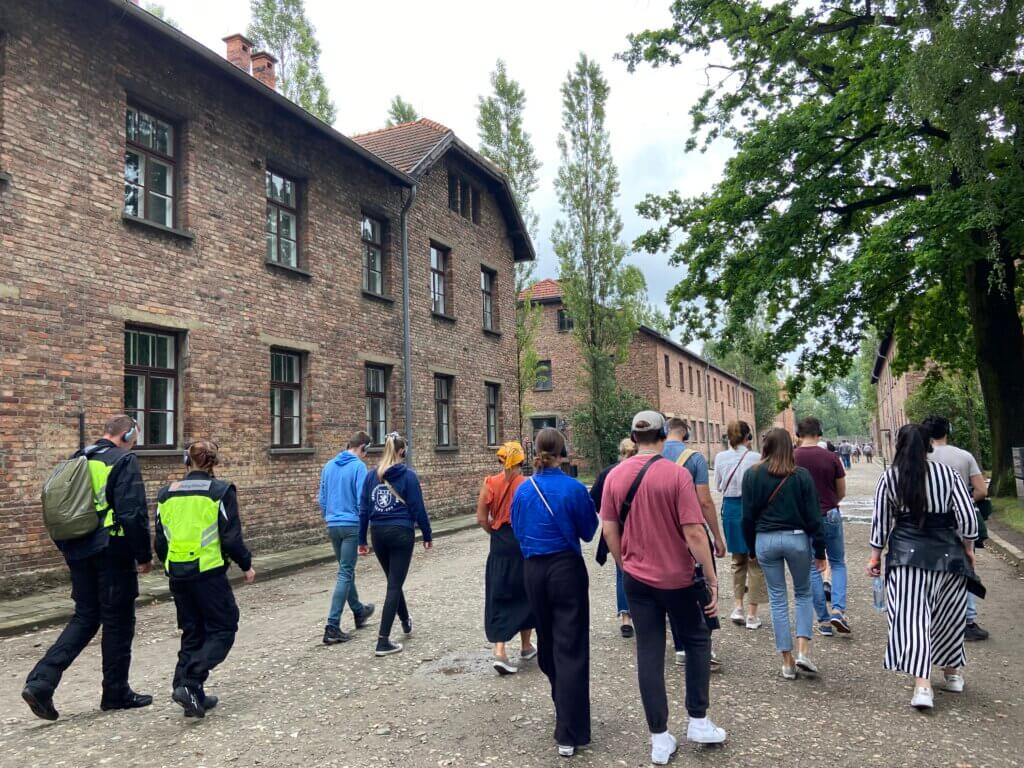
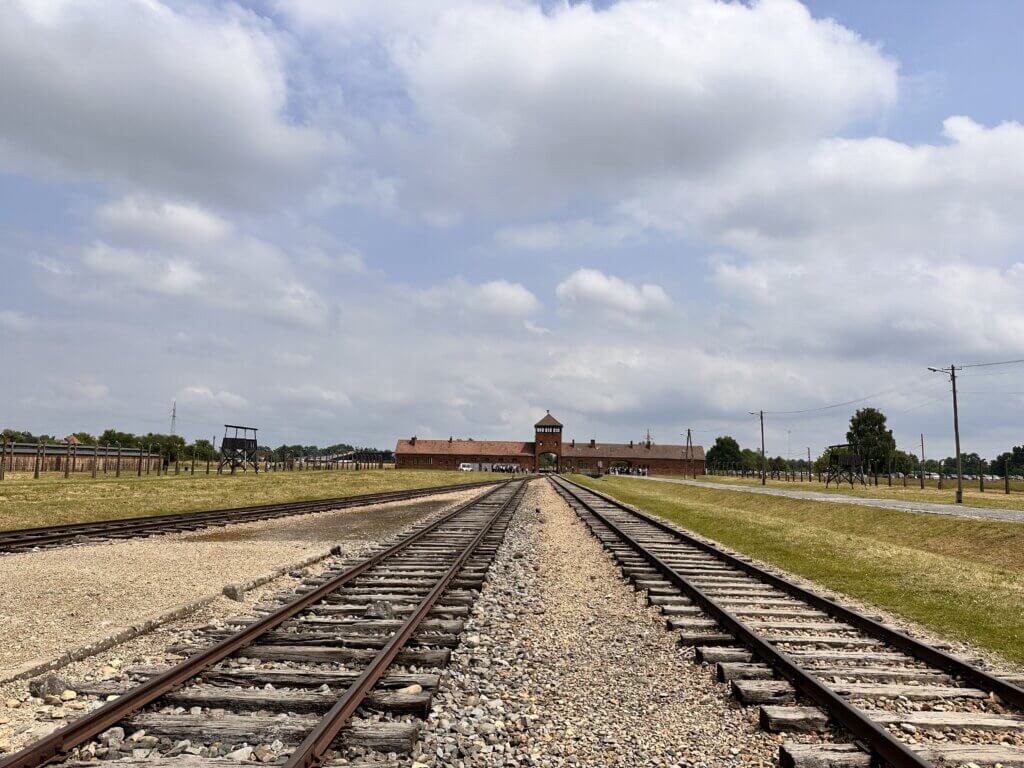
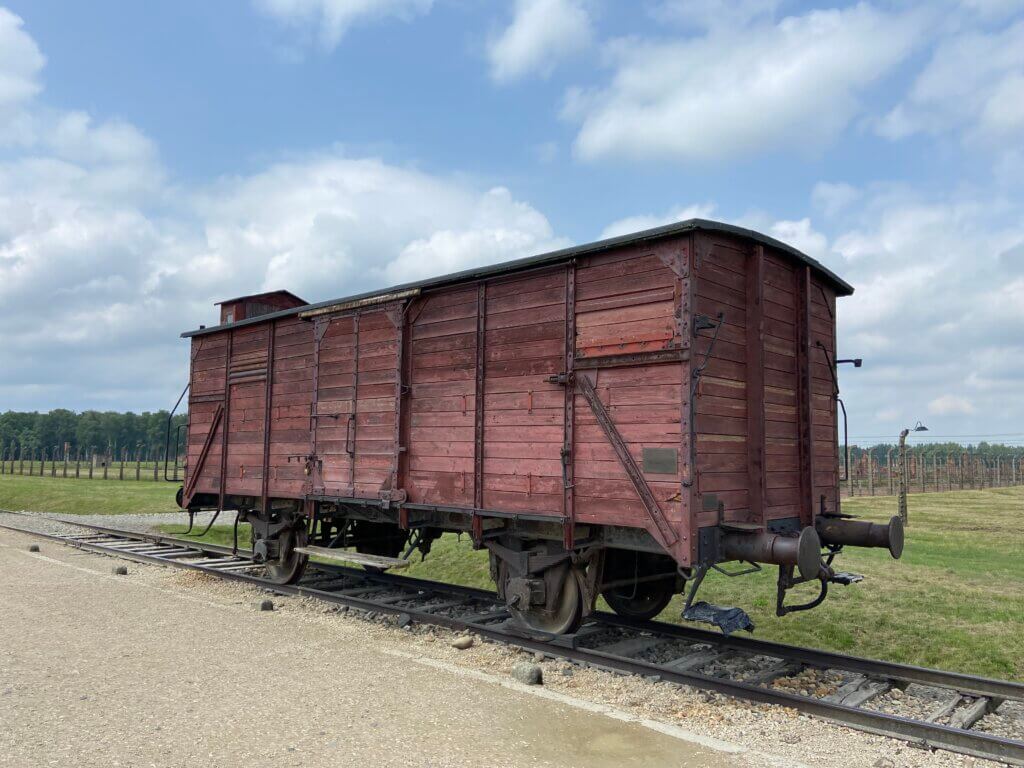
The tour of Auschwitz I camp lasts about 2 hours and then you’re taken in a vehicle to Auschwitz II- Berkenau where you’ll spend an additional hour touring the campsite. In summer, it can get really warm as this place is in the open and a lot of walking is required from one point to another, so be prepared with a lot of water, good shoes, and sunblock.
After about a good 4 hours here, you will then head to the second part of your journey (with a quick lunch break in between) to Wieliczka Salt Mine, located near the town of Wieliczka, about 40 min drive from Auschwitz and only 20 min away from Krakow. It is one of the world's oldest salt mines still in operation and has been designated as a UNESCO World Heritage Site. The mine's underground chambers, intricate salt sculptures, and fascinating history are worth spending about 2-hours, preferably on a fully guided tour to be able to understand the stories behind the sculptures, and the significance of the salt mine in the region's economy. The mine features an extensive network of tunnels, chambers, and salt deposits that were created through centuries of salt extraction. You will explore a portion of this underground complex, which includes intricately carved salt chambers, underground lakes, and chapels.
The tour takes about 8-9 hours and drops you back in Krakow at the end of the evening. It’s a tiring one so you can grab a quick meal at the Market Square before retiring for the night in your centrally located hotel.

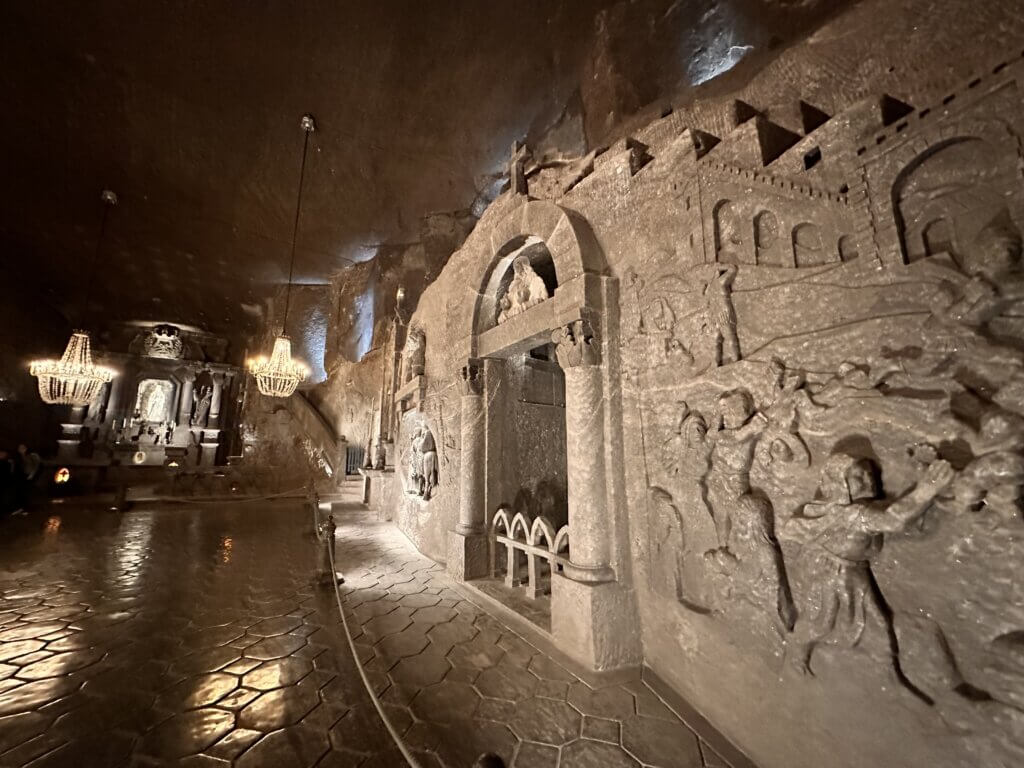

Recommended hotel for overnight stay in Krakow: NOVUMHOUSE - Straszewskiego
1 week itinerary for Poland - 3 days in Zakopane
Day 5 to 7: ZakopaneWhile we decided to take a bus from Krakow to Zakopane (it is only a 2-hour journey) and then rely on public transportation while in Zakopane, I highly recommend renting a car for the next 3 days and then returning it in Krakow before flying out from there. Zakopane is the gateway to Tatra National Park and a haven for nature lovers and hiking enthusiasts.
Click here to read my detailed itinerary for 3 days in Zakopane.
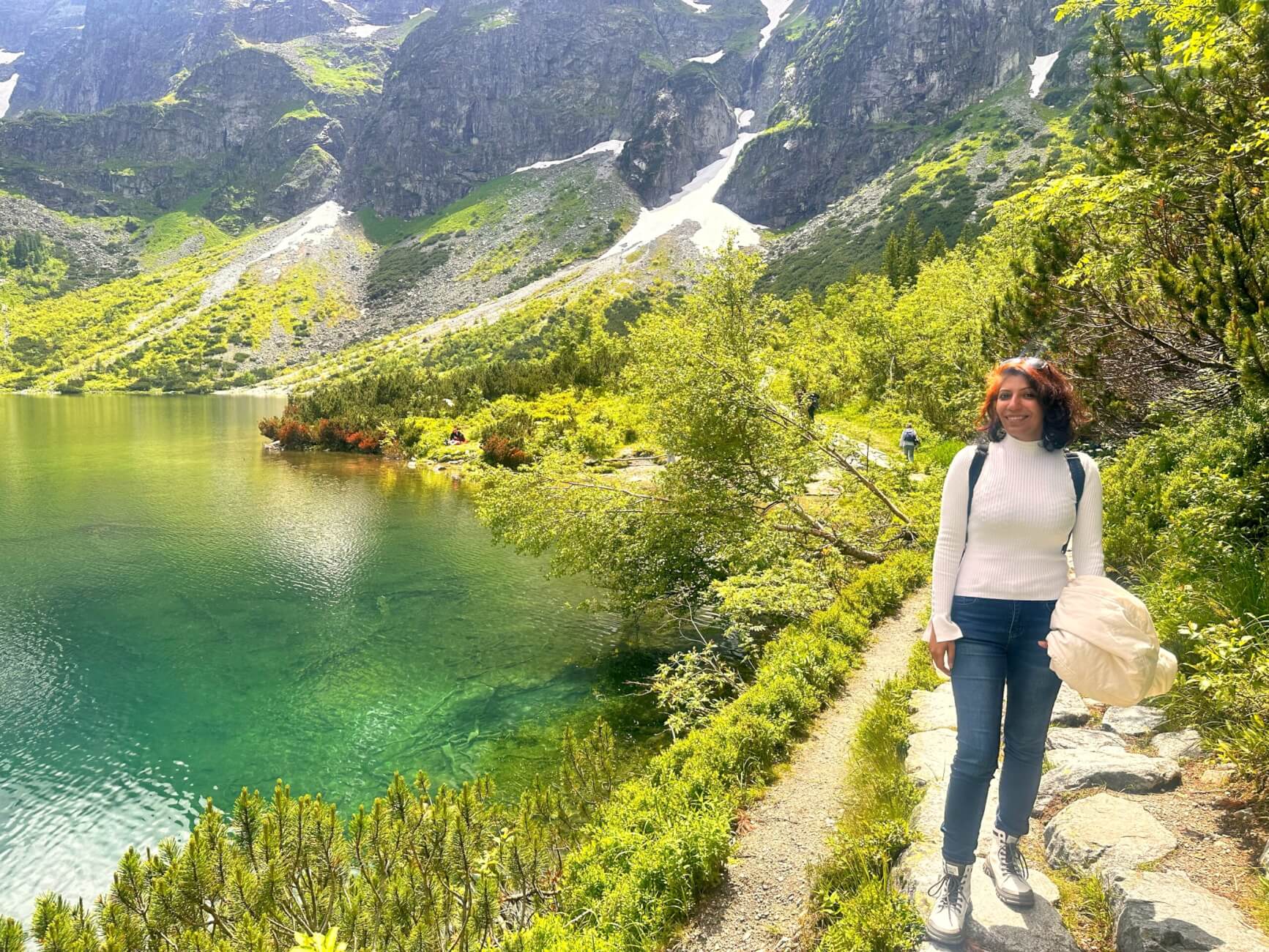

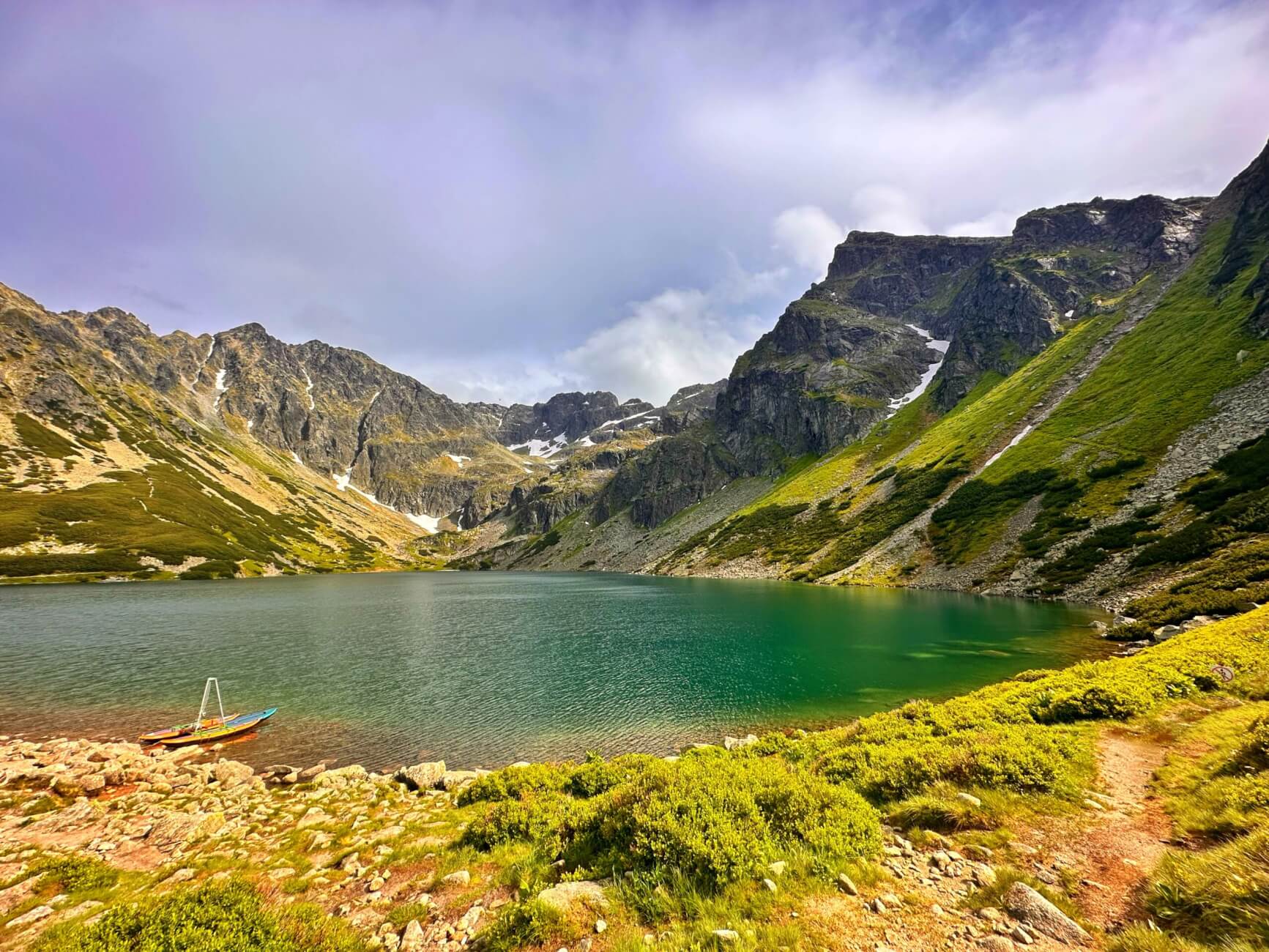
Optional extensions in Poland:
If you have more time in Poland, there are a few more places you may consider including in your itinerary, which I really wanted to but couldn’t. These are:
- Katowice: Located only an hour from Krakow, it makes for a nice day trip from there into a city known for a rich cultural scene with numerous theaters, museums, galleries, and music venues. The city is renowned for its vibrant music culture, hosting a variety of concerts, festivals, and events.
- Gdansk: A historic port city located on the Baltic Sea coast in northern Poland, Gdańsk is known for its rich history, maritime heritage, and stunning architecture. Gdańsk is often referred to as the "Amber Capital of the World" due to its historical connection with amber trade. Gdańsk's location on the Baltic Sea coast provides opportunities for relaxation and outdoor activities.
- Gryfino: This place features on my list even though it isn’t very popular because of a very intriguing sight here that became viral a few years ago. Yet, it remains to be quite offbeat today. Gryfino is surrounded by picturesque natural landscapes, including forests, rivers, and lakes. However, the intriguing sight I mention above is called “The Crooked Forest”, a grove of 400 oddly shaped pine trees. Nobody knows why these trees grow in a weirdly bent shape but there are several theories and stories revolving it. Nevertheless, it remains a mysterious and magical place to visit!
The post The perfect 1-week Poland itinerary appeared first on Hopping Feet.



